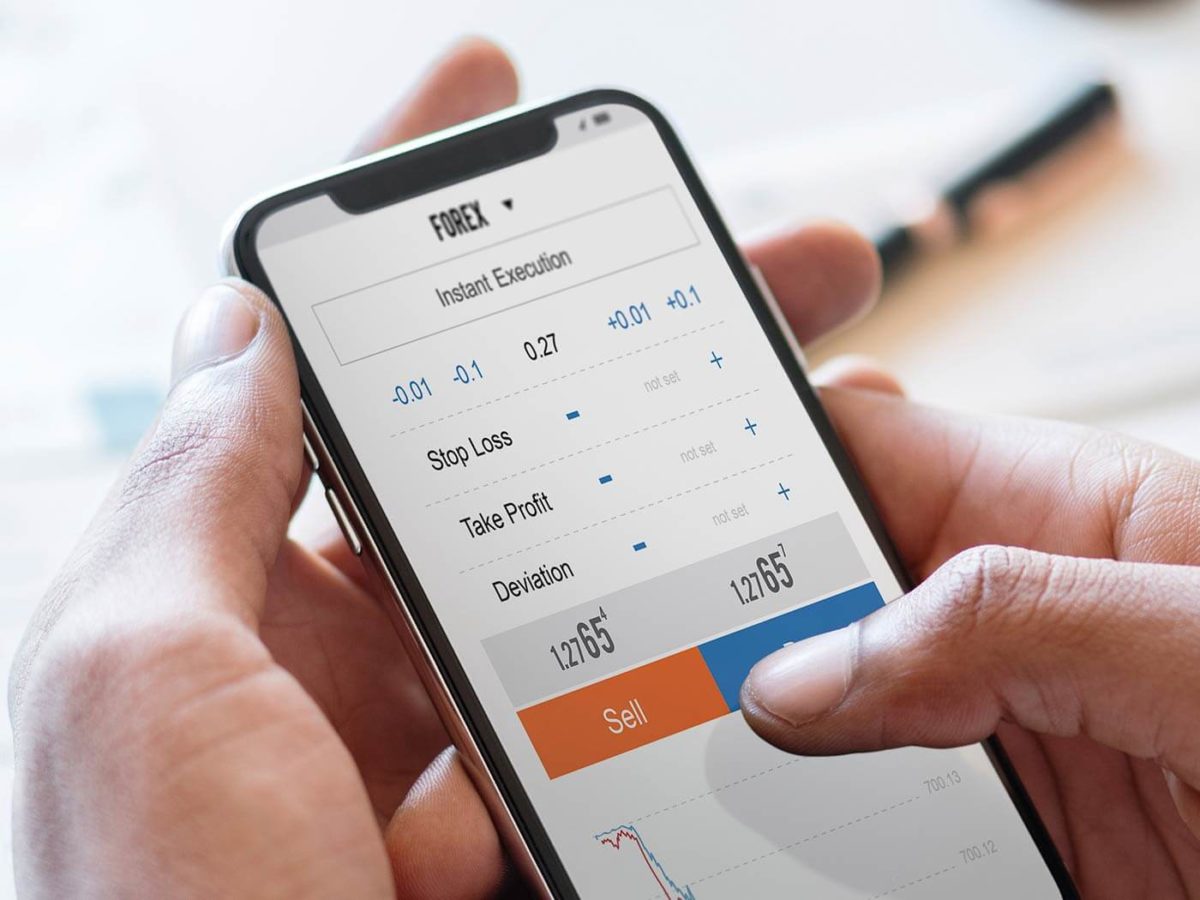Mastering Google Ads: Essential Tips for Creating Effective Ad Campaigns
Google Ads remains one of the most powerful tools for digital advertising, allowing businesses to reach potential customers at the exact moment they’re searching for relevant products or services. To harness its full potential, it’s crucial to create well-structured and effective ad campaigns. Here are some essential tips to help you master Google Ads and achieve better results.
1. Define Clear Objectives
Before you launch a Google Ads campaign, it’s important to establish clear objectives. Are you looking to increase website traffic, generate leads, or drive sales? Your goals will shape your campaign strategy, including the type of ads you create and how you measure success. Setting specific, measurable, attainable, relevant, and time-bound (SMART) goals will guide your campaign and help you assess its effectiveness.
2. Conduct Thorough Keyword Research
Keywords are the foundation of any successful Google Ads campaign. Start by conducting thorough keyword research to identify the terms and phrases your target audience is searching for. Use tools like Google’s Keyword Planner to find relevant keywords with high search volumes and manageable competition. Focus on a mix of broad, phrase, and exact match keywords to capture various search intents.
3. Craft Compelling Ad Copy
Your ad copy plays a crucial role in attracting clicks and driving conversions. Craft compelling and relevant ad copy that resonates with your target audience. Highlight key benefits, include a clear call-to-action (CTA), and address common pain points. Ensure that your ad copy aligns with the keywords you’re targeting and the landing page you’re directing users to.
4. Optimize Landing Pages
A well-designed landing page can significantly impact your campaign’s success. Ensure that your landing page is relevant to your ad copy and offers a seamless user experience. It should load quickly, be mobile-friendly, and have a clear CTA that guides users toward taking the desired action. Testing different landing page elements, such as headlines, images, and CTAs, can help you identify what works best for your audience.
5. Utilize Ad Extensions
Ad extensions are additional pieces of information that can enhance your ads and provide more value to users. Google Ads offers various extensions, including site link extensions, call extensions, and location extensions. Use these features to provide extra details, such as additional links to relevant pages, your phone number, or your business location. Ad extensions can improve your ad’s visibility and click-through rate (CTR).
6. Implement Targeting Strategies
Effective targeting ensures that your ads are shown to the right audience. Google Ads provides several targeting options, including demographic targeting, geographic targeting, and audience targeting. Leverage these options to reach users based on their interests, location, and behavior. Additionally, consider using remarketing to re-engage users who have previously interacted with your website or ads.
7. Monitor and Adjust Your Campaigns
Once your campaign is live, it’s essential to continuously monitor its performance and make adjustments as needed. Track key metrics such as CTR, conversion rate, and cost per click (CPC). Use Google Ads’ built-in analytics tools to gain insights into your campaign’s performance. Regularly review your campaigns to identify areas for improvement, such as adjusting bids, refining keywords, or optimizing ad copy.
8. Conduct A/B Testing
A/B testing, or split testing, involves creating multiple versions of an ad to determine which performs best. Test different elements, such as headlines, ad copy, and CTAs, to see what resonates most with your audience. By analyzing the results, you can make data-driven decisions to improve your ad performance and overall campaign effectiveness.
Conclusion
Mastering Google Ads requires a strategic approach, from defining clear objectives and conducting keyword research to crafting compelling ad copy and optimizing landing pages. By utilizing ad extensions, implementing effective targeting strategies, and continuously monitoring and adjusting your campaigns, you can enhance your ad performance and achieve your marketing goals. With these essential tips, you’re well on your way to creating successful Google Ads campaigns that drive results.


